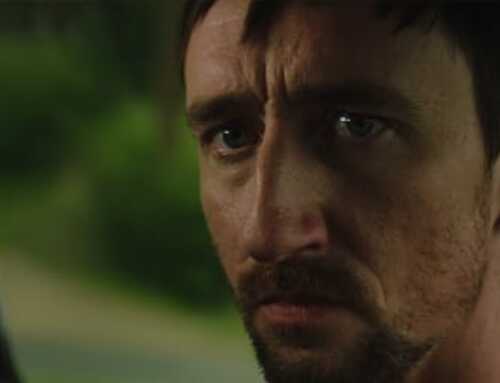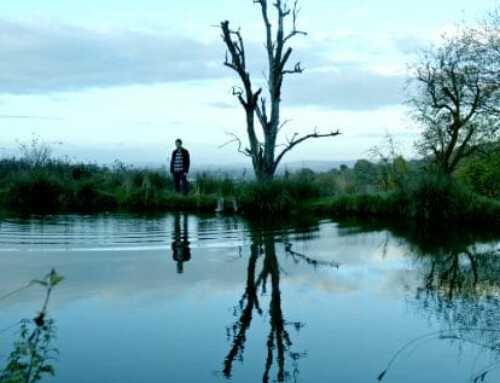Over the years, the world has bore witness to countless man-made disasters that have forced us to ask difficult questions regarding the role we play in the destruction of our environment. Chernobyl, Deepwater Horizon, the Exxon Valdez Spill, Gulf War Oil Spill, and countless California wildfires are just a few examples of catastrophic incidents that, had humans not been involved, could have been avoided altogether. It’s a topic with problematic and burdensome quandaries, many of which divide those involved.
Disaster movies, by and large, tend to focus more on apocalyptic events that are mostly out of our control, and are massive in scope as far as those who are affected. The Burning Sea, directed by John Andreas Andersen, is the latest epic from a Norwegian team who has gained notoriety for their previous disaster-centered films, and focuses on a localized accident with catastrophic possibilities.
Submarine operators Sofia (Kristine Kujath Thorp) and Arthur (Rolf Kristian Larsen) are called in to help with survivor recovery and investigation after an oil rig in the North Sea collapses. Using their state-of-the-art underwater robot, they guide it through the depths of the sea searching for possible survivors, only to uncover a much larger, more troubling situation.
A crack has opened in the ocean floor, much larger than any could have expected, which in turn becomes an immediate threat to every other rig in the area. Not only that, but gas is escaping at rapid rates, causing an explosion that injures Sofia and others.
This alone would be enough to raise alarm bells for all involved, but there are shockingly varying degrees of concern on how to handle the situation from those in charge. A plan is eventually put into place, though the certainty of its success is undetermined, which involves a massive and expeditious evacuation plan of every worker on the threatened rigs.
One of those workers, it just so happens, is Sofia’s boyfriend, Sitan (Henrik Bjelland). Throughout the first half, we are offered glimpses into their world and relationship. Stian and his young son, Odin (Nils Elias Olsen) live in their idyllic sea-front home, while he and Sofia have reached a point where discussions of her moving in, and what that means for their relationship, have begun. Their dynamic is refreshingly sweet and serene, and her involvement with Odin is one that shows she is prepared to be in their lives permanently.
While the developing disaster is the inciting incident, the crux of the film’s turmoil happens when Stian is left behind and trapped amidst the sinking rig in the depths of the sea. It’s up to Sofia to make a dangerous and near-hopeless attempt to rescue him when he’s abandoned by those leading the evacuation.
The Burning Sea feels much larger in budget than it is, with taut, smart writing despite its tendency to feel slightly convoluted with terminology that may go over the heads of most. The cinematography, score, and effects are impressive and broad enough in scale to make this feel like a certifiable Hollywood Summer blockbuster.
Its true strength, however, comes from how it builds compelling characters who are relatable and likable from the start, and puts them in perilous circumstances that leave you riveted and hanging onto every frenzied second. It grabs you and pulls you in with emotional tenacity and doesn’t let go until the final moments. By then, you feel as though you’ve been through a disaster yourself, which is a compliment to the filmmakers and what they’ve achieved. Amongst a deluge of films that touch on the subject at hand, The Burning Sea manages to set itself apart and pack a moving and absorbing punch.
9 out of 10
| The Burning Sea | ||
| RATING: | PG-13 |
The Burning Sea Trailer #1 (2022) | Movieclips Indie |
| Runtime: | 1 Hr. 44 Mins. | |
| Directed By: | ||
| Written By: | ||







